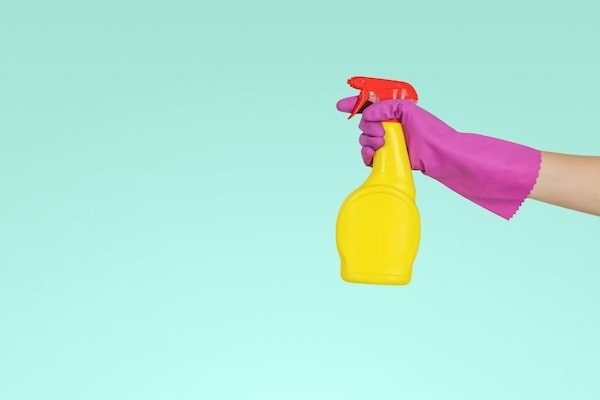Given the current state of the planet, air purifiers are becoming increasingly popular and commonplace in households, offices, and other spaces. Air purifiers are designed to remove harmful particles and pollutants from the air in order to keep the air clean and safe to breathe. One of the most popular methods used by many air purifiers is the use of ultraviolet (UV) light. UV light has been used since the early 20th century to kill bacteria, fungi, and other microorganisms. This makes UV light an effective and efficient way to keep the air clean and free of these particles. If you want to learn more, keep reading to find out why you should purchase an air purifier with a UV light.
Why should you purchase an air purifier with a UV light?
There are many people who find themselves searching “when should I use UV light on air purifier” because they don’t know about the benefits of having a UV air purifier. Using UV light in an air purifier can improve your home’s indoor air quality. While many people associate UV light with tanning, it has also been used for decades to kill germs, bacteria, and viruses in hospitals and other facilities. When used in the right air purification system, UV light can reduce airborne contaminants such as dust mites, mold spores, and pet dander that may cause allergies or asthma symptoms.
The best uses for a UV lamp-enhanced air purifier depend on what type of pollutant you would like to target specifically. For instance, if you have pets in your home then using an ultraviolet light could reduce levels of pet dander while still allowing beneficial microorganisms into your living environment – something which may not happen with a standard filter system alone. Similarly, if you suffer from seasonal allergies or hayfever then investing in one could prove invaluable as this type of device will keep allergens at bay during high-risk times.
When using a UV filter in an air purifier, you will need to purchase one with sufficient power output levels. Furthermore, make sure you replace the bulbs every 12 months since they lose potency over time due to wear and tear from constant use – if left unchanged they will no longer provide any benefit whatsoever.
How else can you improve your home’s indoor air quality?
Now that you know about the advantages of using an air purifier with a UV light, let’s talk about some other ways you can improve your home’s indoor air quality. For example, you should use a vacuum with a HEPA filter can be a great way to improve it. HEPA stands for High-Efficiency Particulate Air, and these filters are designed to trap and remove particulate matter from the air, such as dust, pollen, and other allergens. This type of filter can also help to reduce the amount of mold, bacteria, and other contaminants in your home.
Avoiding the use of products that contain volatile organic compounds (VOCs) should be a priority as well. VOCs are organic chemicals that vaporize at room temperature. They are often found in products like cleaners and adhesives. Many VOCs are harmful to human health and the environment. Many VOCs can cause health problems such as respiratory problems, headaches, and skin irritation. That’s why you should always look for products that do not contain VOCs or that are certified as being low-VOC or low-emitting.
Overall, the use of UV light on an air purifier is essential for eliminating airborne contaminants, providing fresher, cleaner air, and promoting healthier living environments. You just need to be sure that you find a model that is powerful enough to improve the air quality in your home and that meets your household’s specific needs. You shouldn’t stop there though, you can further protect your air quality by taking steps like investing in a vacuum with a HEPA filter and avoiding products that contain harmful compounds, like VOCs. Follow this advice and everyone will be able to breathe a little easier in your home.


